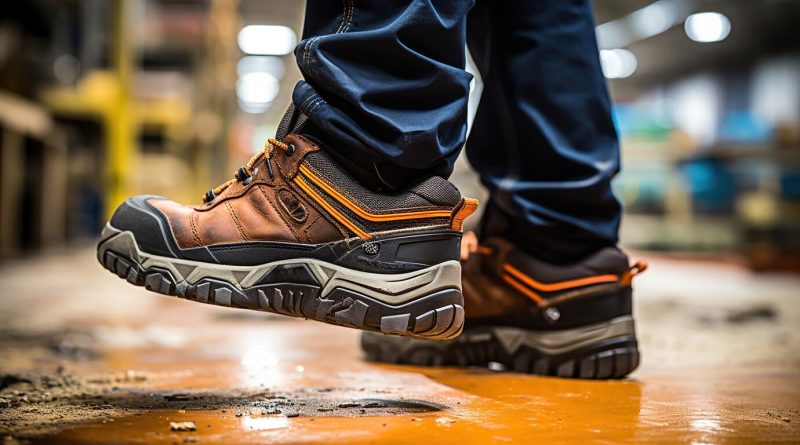Shoes in India a comprehensive guide
Shoes in India is a vibrant and diverse sector that caters to a wide range of preferences and requirements, making it a promising market for exporters. With a rich history of craftsmanship and a rapidly growing consumer base, India offers a myriad of opportunities for businesses looking to delve into the shoe market. This guide explores the various facets of the shoe industry in India, from traditional footwear to contemporary trends, highlighting key considerations for exporters.
The Rich Heritage of Indian Footwear
India’s shoe industry is steeped in history, with traditional footwear styles that have been crafted for centuries. From the ornate Mojaris and Juttis of Rajasthan to the Kolhapuris of Maharashtra, these styles not only reflect India’s rich cultural heritage but also exhibit exceptional craftsmanship. These traditional shoes are often handmade using high-quality leather, embellished with intricate embroidery, beads, and mirror work. Exporting such footwear can attract niche markets that appreciate artisanal products and cultural authenticity.
Mojaris and Juttis
Mojaris and Juttis are quintessential examples of Indian craftsmanship. Originating from Rajasthan and Punjab, respectively, these shoes are known for their unique designs and comfort. Made from fine leather and adorned with vibrant threads, beads, and sometimes even precious stones, they are popular both within India and internationally. Exporters can tap into markets that value ethnic and bohemian fashion, promoting these shoes as not just footwear but pieces of art.
Kolhapuris
Kolhapuris, hailing from Maharashtra, are another iconic Indian shoe style. Known for their durability and comfort, these leather sandals are entirely handmade. The tanning process of Kolhapuri leather is eco-friendly, using vegetable dyes, which can appeal to environmentally conscious consumers. Exporters can market Kolhapuris as sustainable footwear, emphasizing their eco-friendly production methods and timeless style.
Contemporary Footwear Trends in India
While traditional footwear holds a special place, the Indian shoe market has also embraced contemporary trends. The rising urban population, increasing disposable incomes, and exposure to global fashion trends have all contributed to a diverse and dynamic footwear market. Here are some key contemporary trends:
Sneakers and Sports Shoes
The athleisure trend has taken India by storm, with sneakers and sports shoes becoming a staple in urban wardrobes. International brands like Nike, Adidas, and Puma dominate the market, but there is also a growing appreciation for homegrown brands that offer stylish and affordable options. Exporters can explore partnerships with Indian manufacturers to introduce unique sneaker designs or leverage India’s manufacturing capabilities to produce cost-effective sports shoes for international markets.
Casual and Formal Shoes
India’s growing middle class has fueled demand for both casual and formal shoes. From loafers and slip-ons to oxfords and brogues, there is a wide range of styles catering to various occasions. Exporters can capitalize on this demand by offering high-quality, stylish options that cater to both office-goers and casual wearers. Collaborations with local designers can also help create unique collections that resonate with Indian tastes.
Eco-Friendly and Sustainable Footwear
With increasing awareness of environmental issues, there is a burgeoning market for eco-friendly and sustainable footwear in India. Brands that use recycled materials, organic cotton, and biodegradable substances are gaining popularity. Exporters can tap into this trend by sourcing or producing shoes that emphasize sustainability. Highlighting ethical manufacturing practices and eco-friendly materials can attract environmentally conscious consumers both in India and abroad.
Key Considerations for Exporting Shoes to India
Shoes in India requires a thorough understanding of the market, consumer preferences, and regulatory requirements. Here are some key considerations for exporters:
Understanding the Indian Consumer
India’s consumer base is diverse, with varying preferences based on factors like geography, age, income, and cultural background. Urban consumers in metropolitan cities like Mumbai, Delhi, and Bangalore may have different tastes compared to those in smaller towns and rural areas. Conducting market research to understand these nuances is crucial for tailoring products to meet local demands.
Quality and Pricing
While there is a demand for high-quality footwear, pricing remains a critical factor in the Indian market. Consumers often seek value for money, making it essential for exporters to balance quality with affordability. Competitive pricing strategies, without compromising on quality, can help penetrate the market effectively.
Regulatory Compliance
Exporters must adhere to India’s regulatory standards for footwear, which include compliance with safety and labeling requirements. It’s essential to stay updated with any changes in import regulations, duties, and taxes. Partnering with local distributors or agents can help navigate the complexities of the regulatory landscape.
Distribution and Logistics
Efficient distribution and logistics are vital for successful market entry. Exporters should consider partnering with reliable logistics providers to ensure timely and cost-effective delivery of products. Establishing a robust supply chain network can help in managing inventory and meeting consumer demands promptly.
Marketing and Branding
Building a strong brand presence is crucial in a competitive market like India. Exporters should invest in marketing strategies that resonate with Indian consumers. Utilizing social media platforms, influencer collaborations, and digital marketing can enhance brand visibility. Participating in trade fairs and exhibitions can also provide valuable exposure and networking opportunities.
Conclusion
Shoes in India A Fusion of Tradition and Modernity presents a blend of traditional charm and modern sophistication, offering a wealth of opportunities for exporters. By understanding the unique preferences of Indian consumers, adhering to regulatory requirements, and leveraging effective marketing strategies, exporters can successfully tap into this dynamic market. Whether it’s the timeless elegance of traditional footwear or the trendy appeal of contemporary styles, there is immense potential for growth and success in India’s shoe industry.

